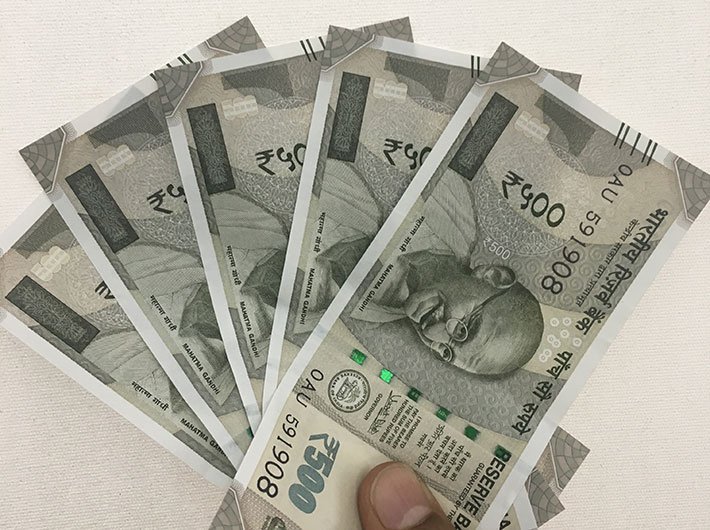Effectiveness of the model will lead to better price discovery and value maximisation
The 2020 Nobel Prize in economics was awarded to Paul Milgrom and Robert Wilson for their pioneering work in the auction theory. Milgrom developed bidding strategies in which bidders could learn about each other’s expected value which resulted in higher revenue for the seller. Wilson’s work showed how rational bidders place their bid below their estimate to avoid what is known as the winner’s curse.
In India, almost every day we come across financial news items or advertisements with respect to soliciting bids for purchase of non-performing loans (NPL) under Swiss Challenge Method (SCM) with reference to an anchor bid received. The terminology gained currency initially after being a part of guideline on sale of stressed assets by the Reserve Bank of India (RBI) in 2016. The SCM methodology was later developed in greater detail in a transfer of loan exposure circular issued by RBI in 2021. Subsequently, Insolvency and Bankruptcy Board of India (IBBI) has also been contemplating to use the methodology for sale of assets under liquidation. Now, SCM is the most used method for conducting NPL Auction Transactions amounting lakhs of crore rupees are consummated via the Swiss Challenge route.
As defined in Wikipedia, “A Swiss challenge is a form of public procurement operated in some jurisdictions, which requires a public authority (usually an agency of government) which has received an unsolicited bid for a public project (such as a port, road or railway), or for services to be provided to government, to publish the bid and invite third parties to match or better it. Some Swiss challenges also allow the entity which submitted the unsolicited bid itself then to match or better the best bid which comes out of the Swiss challenge process.” In Indian context, for NPA Sales, the original bidder providing the base bid has the right to match or improve the challenger bid. He enjoys the first right of refusal.
Now Swiss Challenge Method is mandated to be used in NPL Sales with outstanding above Rs. 100 crore by all banks/ financial institutions. Let us analyse the challenges around its implementation and its conceptual limitations.
• In NPL, it is the bank that wants to sell an asset and solicits or in the process of soliciting a bid. Unsolicited bid, the basic starting point in Swiss Challenge, is a misnomer in NPL sales.
• Banks internally do have a reserve price for sale of an asset. It is expected that bids which are only above the reserve price are likely to move further in starting a process of Swiss Challenge. However, as things stand, many times the reserve price is much higher than its value that a bidder would place cash on the table.
• NPLs are mostly sold to Asset Reconstruction Companies (ARCs), which make payments through a unique instrument called Security Receipts (SR) – a sort of IOUs or promissory notes to be paid from realization proceeds from underlying assets.
• The problem gets accentuated when SRs issued by a Government initiative driven ARC, is guaranteed by Government of India. Any counter bid received, in challenge, from any other ARC or eligible entity, will have no Government Guarantee and hence, bids and counterbids are uneven. This disparity will make evaluation of bids discretionary and distorts level playing field.
• There is no symmetry in bidding time given to the challenger bidders to prepare counter proposals in relation to time taken by originator for preparation. It is more so in respect of very large portfolio consisting of multiple high value accounts. The base bidder puts in a bid after spending considerable time in assessing the bids and made/ in the process of making offer. However, similar time limit may not be available to the challenger. The initial bidder has definite first mover advantage.
• Deal tension is the driving spirit of value maximization. Once the anchor bidder has the right of first refusal, the tension gets readjusted, and the challengers stop at what they perceive to the extent the original bidder can afford to match.
• Most important, and as substantial part of payment is in SRs, the qualitative aspects of resolution skill set of the ARC play a vital role in value realization. Its track record in SR redemption is a key factor, which does not get any weightage it deserves.
• With a limited number of buyers and limited capital/resource, the market is illiquid, and this mitigates against competition and value maximization in NPA sales.
NPL Auctions under Swiss Challenge, as it stands today, are constrained by factors described above in driving towards the optimal factors representing the Swiss or challenge attributes. Swiss stands for neutrality, but in this format, it is biased towards the originator, who has the first right of refusal. It does not pose adequate challenge due to asymmetry in time for carrying out due diligence and illiquid market with limited set of players. In its present format SCM, at best is an insurance to restrict value erosion, as the original bidder has a binding offer which can only be improved. So, realizations cannot go any lower.
An efficient auction model helps price discovery and value maximization. The existing auction model may possibly be re-evaluated, based on empirical data and study of behavioural aspects of the seller and buyer so as to lead to a more efficient price discovery mechanism in Indian distressed debt market.
Mishra is an ex-banker.
